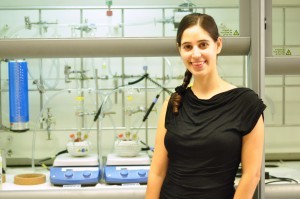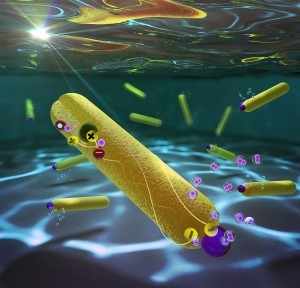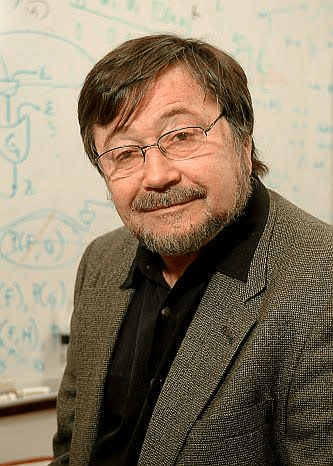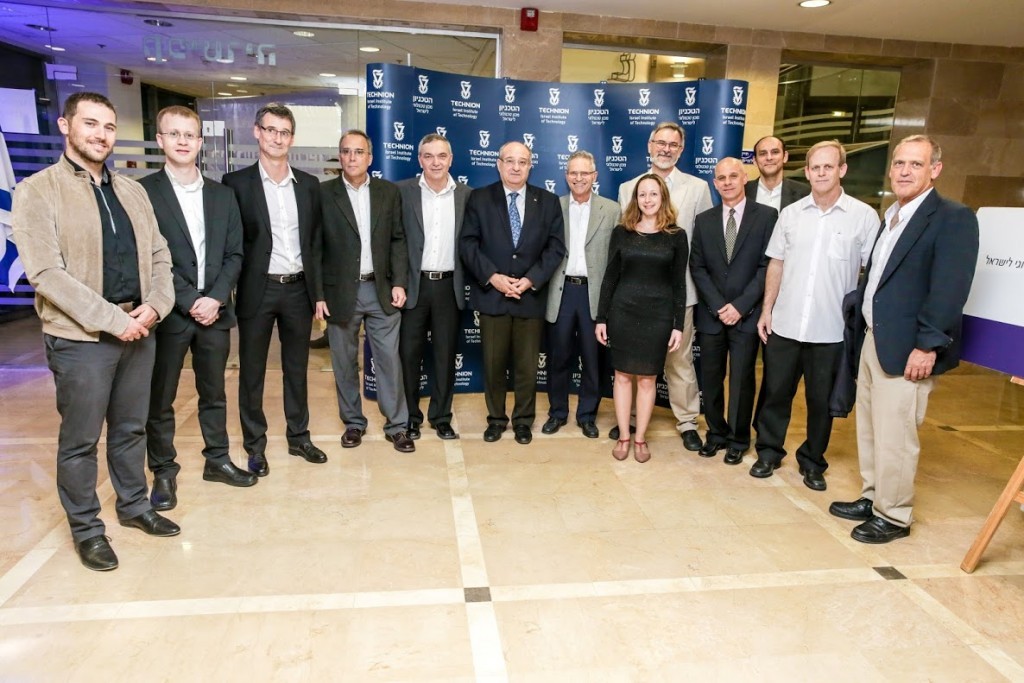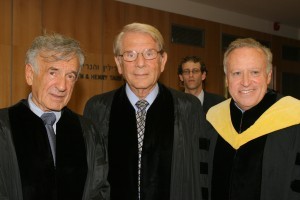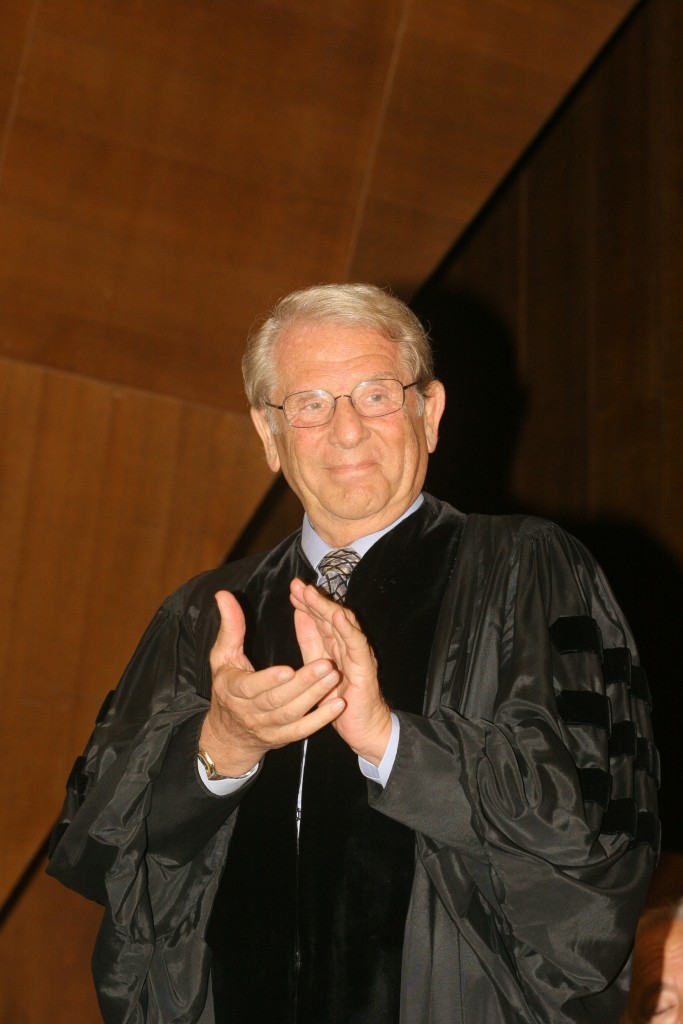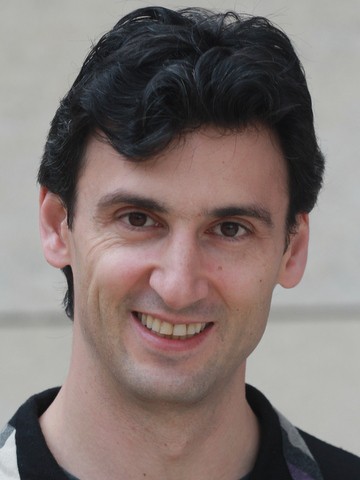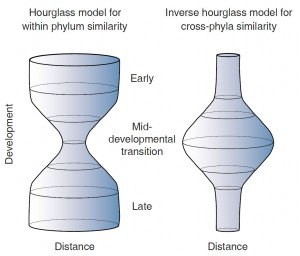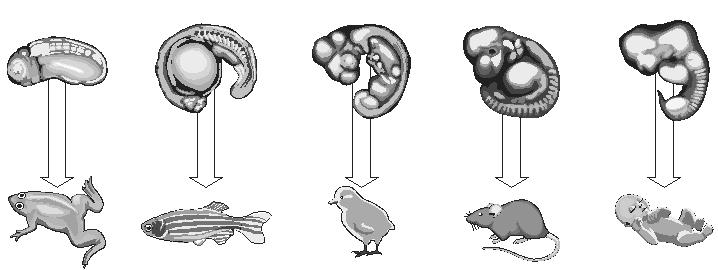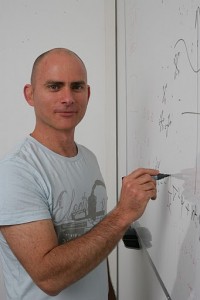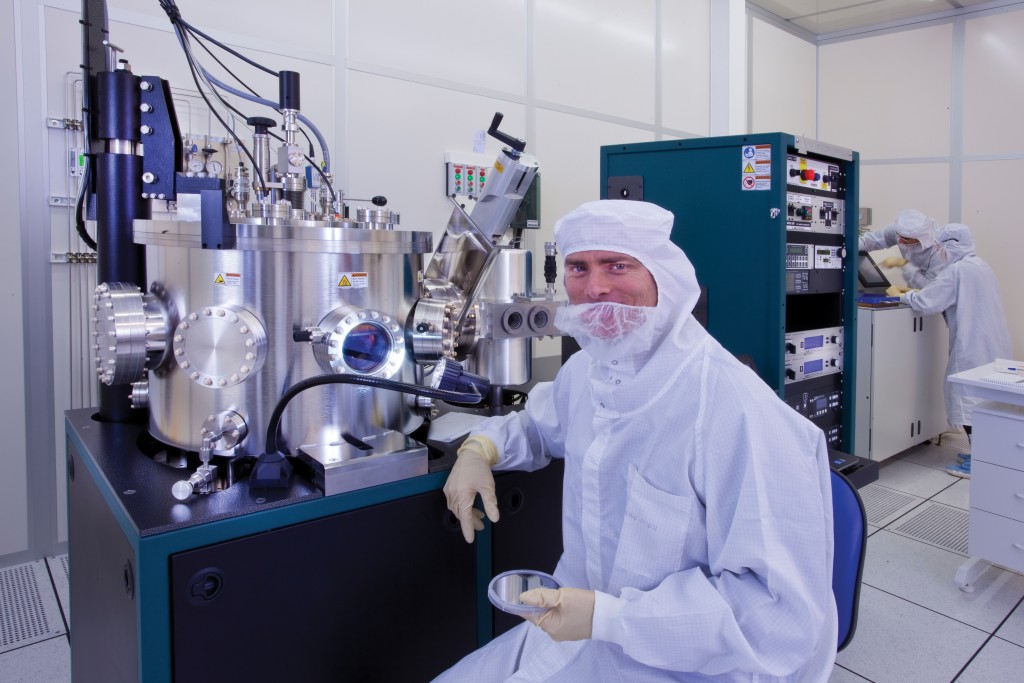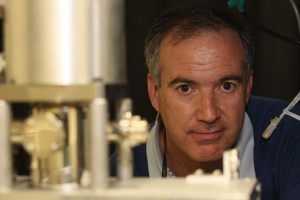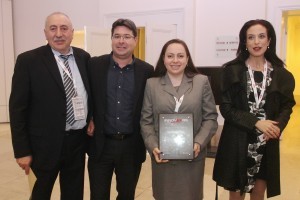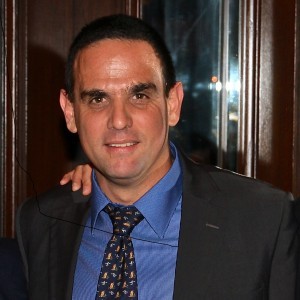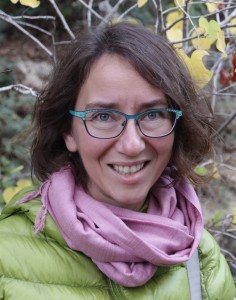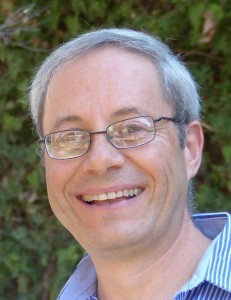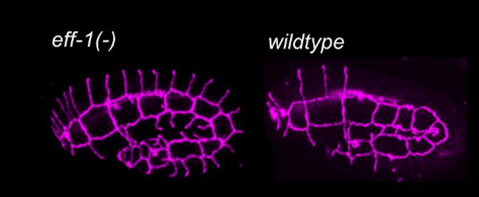Prof. Tali Haran of Technion’s Faculty of Biology talks to us about the language of DNA and the impact of her work on cancer research
By Jessie Safia
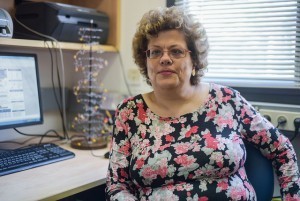
Prof. Tali Haran, a member of the structural biology group at Technion’s Faculty of Biology, investigates DNA structure and protein-DNA interactions. Sitting in her lab, she looks through the small window and smiles as she tries to pinpoint the beginnings of her career path. “In high school I loved art, painting and photography,” she recalls, “and I was certain that my future would be strongly tied to the arts.” The sharp change in her career direction to science came about because of a particularly incompetent chemistry teacher. “This teacher did a poor job of teaching the materials, and this forced me to take private lessons and to essentially study this subject independently. This was my initiation into the wondrous world of chemistry.”
In the IDF (Israel Defense Forces), Prof. Haran worked on image processing and enlargement of aerial photography, and this strengthened her interest in wanting to leave art and to study chemistry. Staying true to her resolve, at the end of her army service she entered the Hebrew University of Jerusalem to pursue a BSc in chemistry. Due to her high scores on the general test she took in her first semester, she was fast-tracked to the second year of the degree studies where, according to Haran, “I began to put chemistry into practice and received a first-hand glance of the creativity that is science.”
Upon completing her Bachelor’s degree, Prof. Haran began her Master’s degree at the Weizmann Institute of Science. “During that time, in the 1980’s, the Weizmann Institute was considered as ‘the only country with a friendly border with Israel’ , because everything there was carried out in English, and it felt like being abroad. My work towards the M.Sc. degree, focused on the molecular structure of new cephalosporin antibiotic, contributed towards very stimulating and fulfilling scientific and social experiences, but I knew even at that time that I want to study DNA structure, but it was hard to crystallize at the beginning.”
So in the meantime she gained in-depth exposure to research on the structure of DNA, which in turn, led to her doctoral thesis on DNA crystals. Her pioneering work in this area, completed at Weizmann under the guidance of Prof. Zippi Shakked, made her a recognized figure in research on the spatial organization of DNA crystals.
“I began to put chemistry into practice and received a first-hand glance of the creativity that is science.”
In 1986, after completing her PhD, Prof. Haran began a new scientific journey – DNA structure in solution – an area far removed from the realm of crystallography. “I began my postdoctoral research in this area at Yale University, under the mentorship of Prof. Donald Crothers; my first study focused on the interactions between DNA and psoralen, a naturally organic compound that binds to human DNA and is currently used in treating psoriasis. Later, my work concentrated on global bending of DNA. This was the starting point of my current research.”
Also in this area, Prof. Haran was a pioneer, and the first Israeli to study this area in laboratories abroad. At this stage in the interview, Prof. Haran gazed at a small statue on her desk – the iconic structure of the DNA double helix. “In essence, DNA is an architectural masterpiece – its structural design coupled with the various movements at DNA bases is part of its unique makeup. What interests me is the spatial shifts that characterizes its creative responses to environmental changes.”
After spending six years in the US, Prof. Haran returned to Israel to join the Technion’s Faculty of Biology. Here, at her lab of structural biology, she investigates the recognition mechanisms of DNA by proteins, with a focus on p53 – an important protein known as the “cell genome keeper.” Her fundamental assumption is that DNA and p53 interactions are defined by an “indirect readout” mechanism – where the protein detects a target sites on the DNA through the identification of the structural properties of DNA.
“Metaphorically speaking, DNA can be understood as being a set of semantics – a language that is similar to human verbal communications. Whereas in linguistics syntax is a set of rules whereby words or other elements of sentence structure are combined to form grammatical sentences, the semantics of DNA operate in a similar manner: different DNA structures and proteins bind through specific movements that are subject to certain ‘grammatical’ rules to form complete ‘sentences.’”
The term “cell genome keeper” was given to the p53 protein because of its tumor suppressor activities. Its interaction with DNA activates genes that protect the cell from various forms of damage, such as the development of cancerous processes. It has been found that 50% of cancer cases are due to the improper functioning of p53, so its importance is abundantly clear.
Since the discovery of the “cell genome keeper” over 30 years ago, scientists across the globe have been trying to decode its activation mechanisms in a healthy body (its attachment to binding sites in DNA) and to understand the causes leading to a failure in its ability to bind to these genes. One of the greatest mysteries is the way by which the p53 protein accurately identifies its target DNA sites and its ability to bind swiftly to them.
This is where Prof. Haran’s remarkable contribution takes effect – her research work has successfully deciphered this binding mechanism. “It turns out that p53 identifies specific structures in specific DNA segments. Therefore, we are currently working on identifying these structures and the causes for failure that can disrupt its tumor suppressing activities. Once we have a ‘map’ of all these structures and segments we will be able to understand how p53 operates under different stress conditions. In addition, we will also be able to comprehend which part of its structure became faulty. Perhaps this will allow us to be able to fix the failure neutralizing the activity of p53 and allow the protein to ‘do its job’ and prevent the development of cancer.”
Jessie Safia is a student in the Faculty of Biology. The article was written and edited as part of the coursework for “Science Communication.” The course is offered by the Faculty of Education in Technology and Science and is open to all Technion students.

